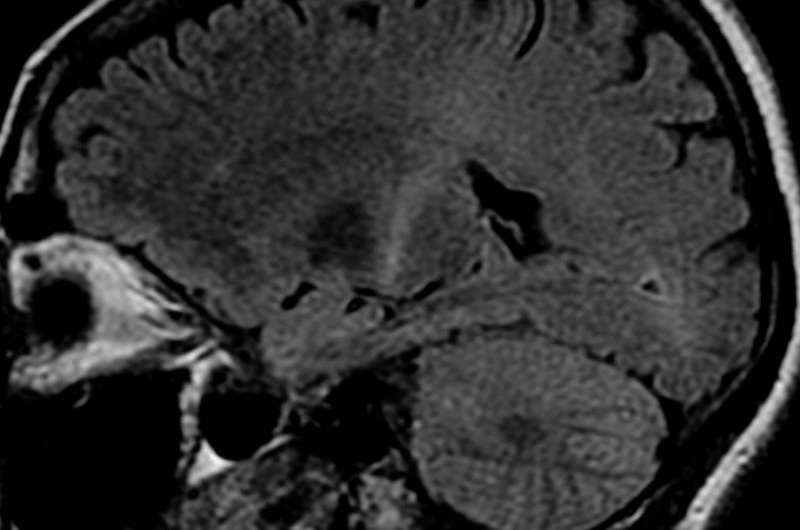Advanced High-Density Neural Probe Unveils Distinctive Electrical Signatures of Brain Cells in Behavior Studies

A new high-density brain probe, Neuropixels Ultra, allows scientists to record and distinguish electrical activity of thousands of neurons across brain regions, enhancing our understanding of neural circuits involved in behavior.
In ongoing efforts to understand how individual brain cells contribute to complex behaviors, researchers have developed a cutting-edge brain probe called Neuropixels Ultra. This innovative device significantly enhances the ability to record electrical activity from thousands of neurons across multiple brain regions simultaneously. Unlike previous iterations, Neuropixels Ultra features smaller, denser recording sites, allowing for unprecedented resolution in capturing the electrical fields around single neurons.
Developed through a collaborative effort involving neuroscientists and bioengineers from the United States, Japan, Germany, Belgium, China, Norway, England, and Italy, this probe marks a major advancement in neural recording technology. It functions as an implantable voltage-sensing camera, providing detailed, flat images of the electrical activity of individual brain cells.
The research team, led by associate professor Nick Steinmetz of the University of Washington School of Medicine, demonstrated the capabilities of Neuropixels Ultra by recording from the mouse visual cortex—a brain area responsible for processing visual information. The new probe was able to detect twice as many neurons compared to conventional probes, distinguishing three different cortical cell subtypes with high accuracy. This precise classification of cell types is crucial for understanding the neural circuits underlying perception and cognition.
While the increased density resulted in somewhat noisier signals per channel compared to older models, the large number of recording sites meant overall data quality was superior. The enhanced spatial resolution also improved spike detection, enabling better separation of neural signals and increasing the fraction of neurons that could be accurately identified, especially those responsive to visual stimuli.
Moreover, Neuropixels Ultra proved effective in identifying small extracellular spikes across different animal species, including electric fish, bearded dragons, and macaques. The device’s ability to detect the distinct electrical footprints of various cell types may help scientists map and interpret neural circuits with greater detail.
This development aligns with the goals of the NIH BRAIN Initiative, which aims to create a comprehensive map of neural activity to understand the dynamics of brain function in health and disease. The high-resolution data acquired with Neuropixels Ultra provide valuable insights by revealing subtle differences in cell activity and spatial arrangements that were previously difficult to observe.
Overall, Neuropixels Ultra represents a significant step forward in neuroscience research, offering researchers a powerful tool to decode brain activity with high precision. Its ability to improve cell detection, classification, and spatial localization opens new avenues in brain circuit analysis, potentially accelerating discoveries in perception, decision-making, and neurological disorders.
This groundbreaking work was published in the journal Neuron on September 30, 2025. For more details, the full study can be accessed here.
Source: https://medicalxpress.com/news/2025-10-high-density-brain-probe-reveals.html
Stay Updated with Mia's Feed
Get the latest health & wellness insights delivered straight to your inbox.
Related Articles
New Brain Imaging Study Links Dopamine Levels to Chronic Depression in Young Women
Recent brain imaging research links reduced dopamine activity to chronic depression in young women, paving the way for improved diagnosis and treatment options.
Hidden Dangers of Vaping: Harmful Substances Emitted by E-Cigarettes Under Scrutiny
Emerging research reveals that e-cigarettes emit toxic metals and particles, posing health risks for users and bystanders. Discover the latest findings on vaping safety and chemical emissions.
Innovative Synthetic Protein Targets and Removes Harmful Cells, Offering New Hope for Cancer and Autoimmune Disorders
Kyoto University scientists have engineered Crunch, a customizable synthetic protein that leverages the body's natural cleanup process to target and remove harmful cells, offering new prospects for cancer and autoimmune treatments.



